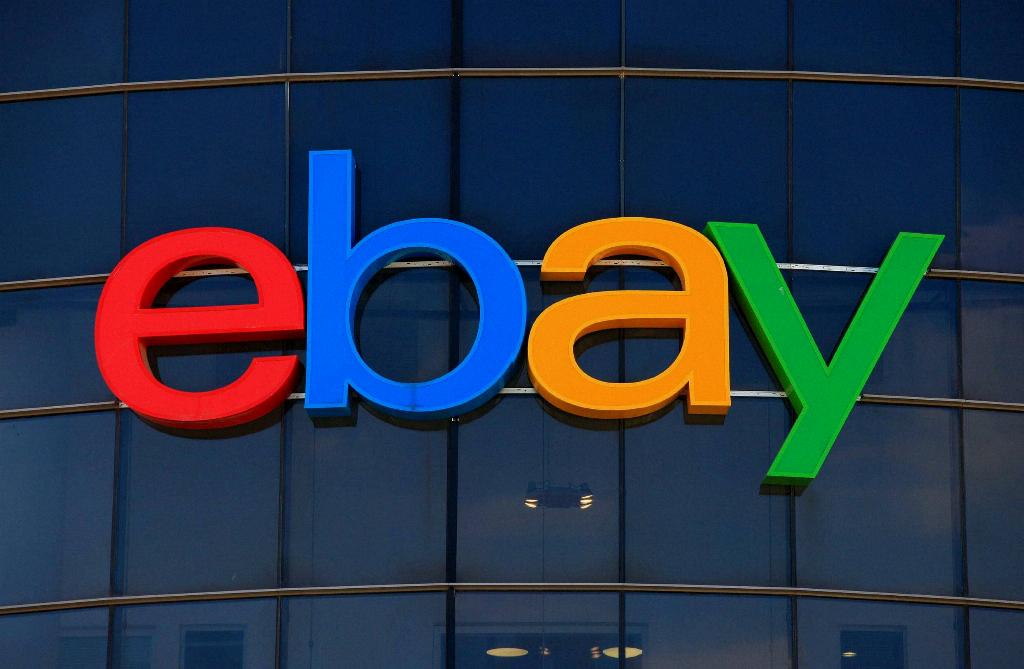Selling items on eBay can be a lucrative venture for individuals looking to declutter their homes or start a small business. However, many sellers are often left wondering about the fees that eBay charges for using its platform. One of the primary ways eBay makes money is through the final value fees it imposes on sellers when their items are sold.
Understanding Final Value Fees
Final value fees are a percentage of the final sale price of an item that eBay takes as its commission. For most categories, this fee is set at 13.25% of the sale price or lower, in addition to a flat fee of $0.30 per order. This means that sellers must factor in these fees when determining their listing prices to ensure they make a profit from their sales.
Calculating the Fees
For sellers who list more than 250 items per month, it is crucial to understand how these fees can impact their overall earnings. By calculating the final value fees for each sale, sellers can estimate the total amount eBay will deduct from their sales revenue. This transparency is essential for sellers to make informed decisions about pricing and profitability.
Variability in Fees
While the standard final value fee on eBay is 13.25% of the sale price, it is important to note that certain categories may have lower fee percentages. Sellers should familiarize themselves with the fee structure for their specific category to accurately assess the costs associated with selling on eBay. Additionally, variations in fees may occur for international sales or high-value items.
Impact on Profit Margin
Understanding how much money eBay takes from each sale is essential for sellers to determine their profit margins. By factoring in the final value fees, sellers can calculate the net earnings from their sales and adjust their pricing strategies accordingly. This level of detail is crucial for maintaining a sustainable and profitable selling business on eBay.
Additional Costs to Consider
Aside from final value fees, sellers should also be aware of other costs associated with selling on eBay. These may include listing fees for additional features, promotional expenses, shipping costs, and payment processing fees. By taking all these factors into account, sellers can gain a comprehensive understanding of the total expenses involved in selling on eBay.
Strategies to Mitigate Costs
To optimize their earnings, sellers can implement various strategies to mitigate the costs imposed by eBay. This may involve offering bundled items to increase the average order value, setting competitive prices to attract more buyers, or exploring alternative selling channels with lower fees. By diversifying their approach, sellers can minimize the impact of eBay’s fees on their bottom line.
Transparency and Communication
eBay strives to maintain transparency in its fee structure and policies to help sellers navigate the platform effectively. Sellers are encouraged to review the latest fee updates and communicate any concerns or questions they may have regarding the fees charged by eBay. Open communication with eBay can lead to a better understanding of the cost implications and potential solutions to optimize earnings.
Educational Resources
For sellers seeking additional guidance on managing fees and maximizing profits on eBay, there are various educational resources available. eBay offers tutorials, webinars, and seller communities where individuals can learn from experienced sellers and industry experts. By leveraging these resources, sellers can gain valuable insights into navigating the complexities of selling on eBay.
Continuous Evaluation and Adaptation
Selling on eBay is a dynamic process that requires continuous evaluation and adaptation to market trends and fee structures. Sellers should regularly review their pricing strategies, fee calculations, and overall business performance to identify areas for improvement and growth. By staying informed and agile, sellers can navigate the evolving landscape of e-commerce successfully.

Conclusion
In conclusion, eBay charges final value fees to sellers as a commission for using its platform to sell items. Understanding the fee structure, calculating the costs, and implementing strategic approaches are essential for sellers to optimize their profits and navigate the e-commerce landscape effectively. By staying informed, proactive, and adaptable, sellers can mitigate the impact of eBay’s fees on their business and drive sustainable growth in their online selling endeavors.
